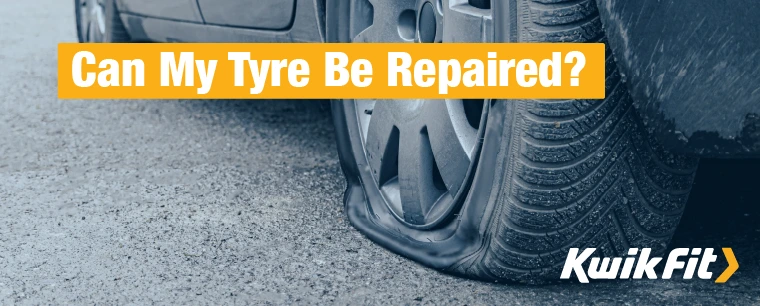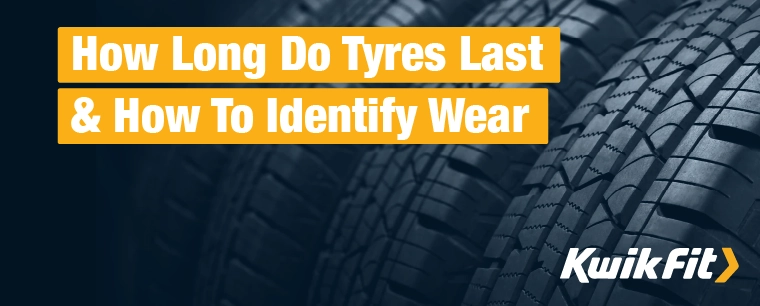What Are Anti-lock Brakes?
Jack Dreyer | Wednesday 14th September 2022 11:20am
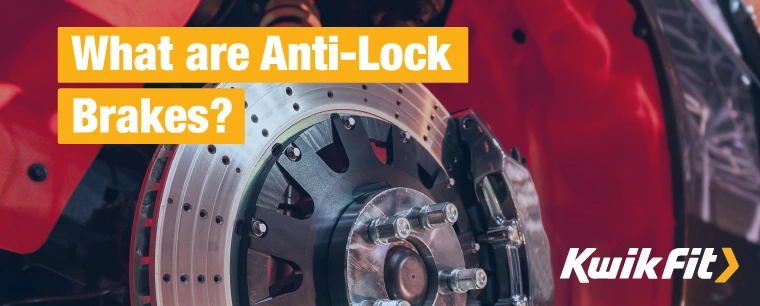
Introduced as a common safety feature in cars by Ford and Chrysler in the 1970s, the concept of anti-lock brakes was inspired by the anti-skid system used in aircrafts and developed by Dunlop in the 1950s.
The aviation industry benefited hugely from this feature, improving stopping distances at landing, reducing damage to tyres, and helping prevent brakes locking on ice and other unstable surfaces. Like cars, the latter had been a common cause of accidents.
By developing a similar safety measure for road vehicles, anti-lock brake systems (ABS) soon became a key component of modern car safety. Indeed, today, all new cars that are sold in Europe must be fitted with ABS and they have since stopped a huge amount of accidents. But what exactly are anti-lock brakes, how do they work, and when are they most effective?
What is ABS?
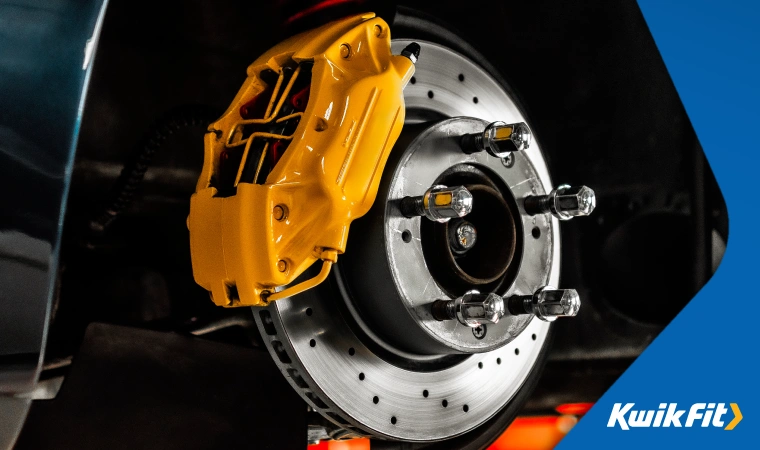
Anti-lock brake systems are essentially a computer-assisted way to brake more effectively.
They allow wheels to keep a good grip on the road, working with your standard brakes to bring you to a safe and steady stop. Without ABS, wheels could lock up and drag along the road instead of continuing to spin when you brake suddenly, resulting in little to no traction.
It is almost impossible to steer when this happens, feeling similar to driving on ice or coasting around a corner. As you might imagine, this can be dangerous, as your wheels don’t have a steady grip on the road.
How does ABS work?
The primary aim of an ABS is to ensure stability in any situation. Rather than clamping the brake pads onto the brake disc when you suddenly press the brake pedal, an ABS system is able to monitor the forces in the wheel and release the brakes temporarily before the wheel skids. It can release and re-clamp many times a second – which means you’re far less likely to skid, and still able to steer while braking.
By applying the correct braking pressure for each wheel repeatedly, the car can come to a stop safely while keeping the tyres rolling and in contact with the road’s surface.
When are anti-lock brakes most effective?

Whenever you need to suddenly slow down while still retaining the ability to steer (which, essentially is any time you need to suddenly slow down), ABS can be a lifesaver.
Contrary to popular belief, ABS doesn’t significantly reduce your vehicle’s stopping distance. In fact, it may even increase it, particularly on wet or icy roads. Without anti-lock brakes, your vehicle could come to a stop faster, but you would have less control. With an ABS, your vehicle can stop in a safer manner, but it may take a little longer.
The ABS will kick in whenever you brake promptly to come to a stop, but it may not come into effect every time if it senses that it doesn’t need to. They are least effective on loose dirt, mud, snow, or any other slippery surfaces. However, on loose surfaces, such as dirt tracks, the tyres are able to naturally dig in and stick to the surface much better. That’s why, in some off-road vehicles, there is an option to turn the ABS off, potentially enhancing the performance.
ABS is also vital for maintaining control on surfaces with uneven resistance. Take, for example, a road that’s wet on one side and dry on the other; there’s a big difference between the levels of resistance on each side of the road. This means that when braking, the wheels on the dry side will slow down faster than the wheels on the wet side.
A good ABS system is able to tell that certain wheels have less resistance than others and evens out the amount of braking force applied to each wheel in order to keep the car steady.
When will anti-lock brakes take effect?
You may occasionally feel your anti-lock brakes working when you apply the brakes. It usually feels like a pulsing in the brake pedal that you’ll be able to sense through your foot. This will be especially noticeable when you perform an emergency brake. In this case, the pulsing feeling might be quite violent, but you should continue to press on the brake, allowing the ABS to do its job.
If you’re attempting to force your ABS into action, it would be advisable to avoid repeatedly tapping the brake pedal. In older cars, this technique was used to make the brakes unlock, but with modern cars, ABS will do this job for you. If anything, pumping the brakes could even mean it takes you longer to stop.
ABS warning light
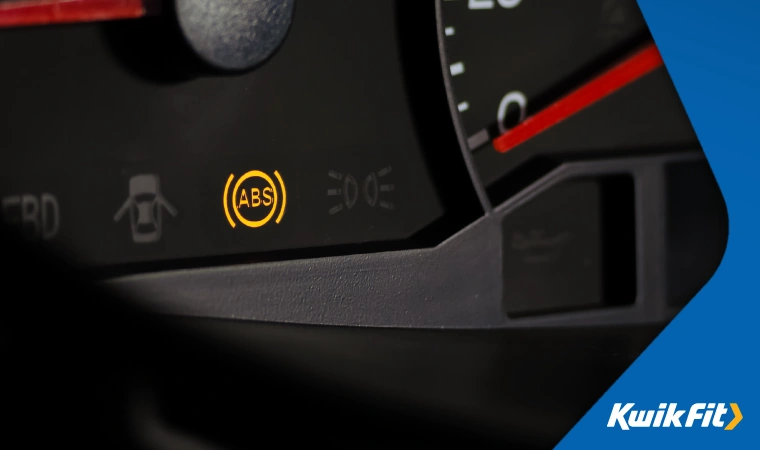
In the event of a fault developing with your car’s ABS or if it is simply not working, you will be alerted via an orange warning light on your dashboard. The cause of a fault to the ABS could be a blockage in the release valves or damage to the sensors. It’s rare for an ABS to become damaged, as they’re built for reliability and durability.
However, if the warning light is glowing on your dashboard, you should get your car checked immediately. Putting this off could put your own safety, as well as that of other road users, at risk as the ABS is unlikely to step in when it’s required.
Need your brakes checked?
If your car is pulling to one side when you brake, or your brakes don’t seem to be as effective as they used to be, then you should book your car in for a brake inspection at your local Kwik Fit.
Any facts, figures and prices shown in our blog articles are correct at time of publication.
Featured Articles
Can My Tyre Be Repaired?
Wednesday 22nd November 2023
It can be hard to tell if your puncture can be repaired or not. Read our handy guide to understand if your tyre can be saved or if you need a replacement.
How Long Do Tyres Last & How To Identify Wear
Wednesday 18th October 2023
Driving on old or worn tyres can be dangerous so you need to maintain them properly. Read about how long tyres should last and how to know if your tyres are old.
Wet Weather Driving Tips – Staying Safe in the Rain
Thursday 27th October 2022
Driving in the rain isn’t only a pain but can be surprisingly hazardous – here are our top tips for staying safe in wet & icy weather this winter.

